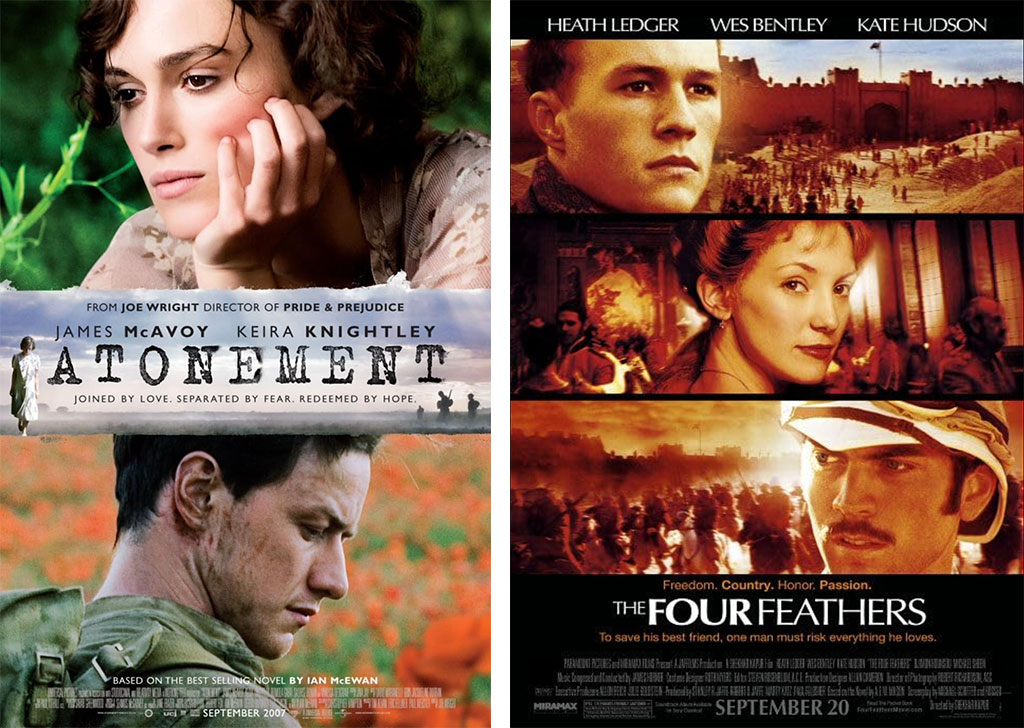
Why film in the East Midlands
Iain Smith – Producer (Children of Men, Alexander, The Fifth Element, Mad Max: Fury Road)

Making filming in the East Midlands viable
Overview
“Over the last decade, the sector’s output has grown at over one and a half times faster than the rest of the economy and its workforce has grown at almost five times the UK rate.” (Source – Department for Culture, Media & Sport”)
The lack of a central point of contact and regional joined up thinking has left the East Midlands far behind other regions who have a film office or a screen promotion team.
This has resulted in a lack of production being aware of the regions opportunities, lack of crew database, locations being overlooked, no production hub requiring a steady stream of trained crew and a single contact point for the regions film industry. Regional authorities have inconsistent permit procedures and no outward promotional policy for the region as a whole.
The East Midlands Film Commission had 20 employees. There was no recognisable, focal point for the region. Until now!

Aims
- To create the need to film here. Make productions aware of the regions opportunities.
- Promote the current infrastructure that makes filming easy by promoting the established studios on Lenton Lane and improve areas where there are gaps.
- Create a wider infrastructure to make filming viable.
- Authorities in harmony – Create a smooth workflow by standardising permissions & permit, film access and road closures across the region.
- Create career a talent pipeline and pathways into the industry through FE & HE and re-skilling into the sector that is retained in the region.
- Create a support system for local FE students – bursary for regional students (encourages to stay in the region).
- Promote filmmakers across the region to the wider industry.
- Create the possibilities of all ranges of production, from pre to post.
- Aim to partner with industry service providers for technical skills.
- Create a 3D imagery library of locations thus reducing the need to intense locations scouting and therefore reducing the carbon footprint.
What we need to offer
- An understanding of a productions needs and requirements.
- Ability to be versatile and arable to changes trends within the industry.
- An office, manned by industry-experienced people advised by regional government staff.
- The office is not for profit and will become a CIC in due course, but is outside/ring-fenced of any funding cuts that could affect its purpose.
- A diverse cross-section of accessible locations.
- A talented, local crew selection.
- Fast-reacting facility companies.
- Film-friendly, standardised local authorities permissions procedure for productions.
- Provide an energetic film community that has a different voice.
- A relaxed regional culture.
- Stability and security for their production.
- An office that doesn’t require productions to make unnecessary journeys for scouting and recces therefore reducing any environmental impact.
The UK Film sector value – (Source – BFI, Screen Yorkshire, Filming in England)
In comparison to other regions who have an established film office or central point of contact, the region is losing out. Lincs have are the only region with a promotional bundle showing the regions opportunities. Data is as follows:
- Liverpool – 320 productions resulted in £17.6m impact to the city (2019).
- Cheshire – (2014) Increase in filming results in 2m impact to local economy.
- Yorkshire – (2019) Direct spend £5.11 Billion – up from £4.31 in 2017. This includes £59.7m from HETV. £48.4m spend via film. Fastest growing region for film in 2017/19.
- Glasgow – (2021) Glasgow FO helped to generate £42.4m for the city’s economy.
- West Midlands Combined Authority – £8.7m Unable to find any data on the economic impact of filming in the following counties: Lincoln, Derby, Nottingham, Leicester & Northampton.
The regional facts
- 15, 600 square miles (6% of the UK).
- Population of 4.8 million.
- 7 Counties.
- 6 Regional cities.
- 40 local authorities.
- 1 International airport flying to 97 destinations
- 2 National freight rail terminals.
- Average travel time to London – 2 hours • 28 HE institution’s including 9 internationally recognised universities.
- 176,745 students.
- Takes 2 hours 40 minutes to cross the 109 miles from east to west of the region.
- Multiple areas of outstanding beauty such as The Peak District
- Hundreds of heritage buildings and homes.
- 50 miles of beaches & 20 castles.
- Average accommodation cost are lower than Manchester and London (see accom section).
Regional economy (Source – East Midlands Council Annual Report 2016)
- The region is currently underperforming across several core economic indicators. Based on prepandemic data from 2019, economic productivity is 89%, and household incomes are 86%, of the UK average. However, three districts – Broxtowe, Bolsover and South Derbyshire – have above-average productivity (£37, £40 and £49 per hour worked respectively against the UK average of £35 per hour). Rushcliffe and Derby Dales have above-average household income.
- The region also underperforms on skills indicators. Some 57% of adults have a level three qualification or above, compared to 59% across the UK. But there is some variation in this: in Rushcliffe the figure is 80%, in Bassetlaw it is 39%.
Set jetting – Film tourism (Source – FOCUS)
- Audiences love moments, an emotional connection. That moment can be a sweet view or a bridge where two lovers said hello. People want a small bit of that and will travel to that piece of land where they saw it on screen.
- 1 in 5 people visit a destination that they have seen on screen.
- Seeing a region on screen drives interest.
- Creates a mini economy of film tourism.
- Puts it on the national and global stage.
- Adds authenticity to a film.
- Regional Film Office helps with putting the parts of the puzzle together.
- A region can’t buy this can’t of marketing that awareness of a location provides.
- Creates a legacy infrastructure left behind by productions (e.g. Game of Thrones).
- Cultural and economic benefits that stimulate more interest and growth.
Accessibility
- M1 – Direct from central London runs through Northamptonshire, Leicestershire, Derbyshire and Nottinghamshire within 1.5 to 2.5 hours.
- M69 – Links Leicester to the central Midlands.
- M42 – Links the M6 to the M1 at East Midlands Airport
- A1 – Direct from Central London runs through Rutland, Lincolnshire & Nottinghamshire.
- A46 – Links the M1 at Leicester to Lincoln and beyond.
- A52 – Links Nottingham to the East coast at Skegness.
- A50 – Links the M1 at Nottingham to the M6 at Stoke-on-Trent .
Rail network links all regional cities to London, Birmingham, Manchester, Glasgow and Edinburgh.
- Derby to London (St Pancras) – 1hr 30.
- Nottingham to London (St Pancras) – 1hr 45.
- Lincoln to London (Kings Cross) – 2hr 20.
- Leicester to London (St Pancras) – 1hr 10.
- Northampton to London (Euston) – 1hr.
1 International airport
East Midlands Airport – located centrally (junction 24a M1) – flys to 27 countries and 70 cities and includes an international airport cargo terminal operated by DHL.
2 National rail freight terminals
- Daventry International Rail Freight Terminal (DIRFT) – Junction 18 M1.
- East Midlands Gateway Rail Freight Terminal (SEGRO) – Junction 25 M1.
Accommodation
Lower average costs per night than London (£100)+, Birmingham (£90), Liverpool (£83) and Manchester (£90):
- Derbyshire – £60.
- Nottinghamshire – £62.
- Lincolnshire – £80 .
- Leicestershire – £89.
- Northamptonshire – £89.5.
(Source – Tripadvisor & Bookit.com)

- Why choose the East Midlands?
From the peaks to the sea the East Mildlands diverse landscapes offer film makers a treasure trove of opportunities